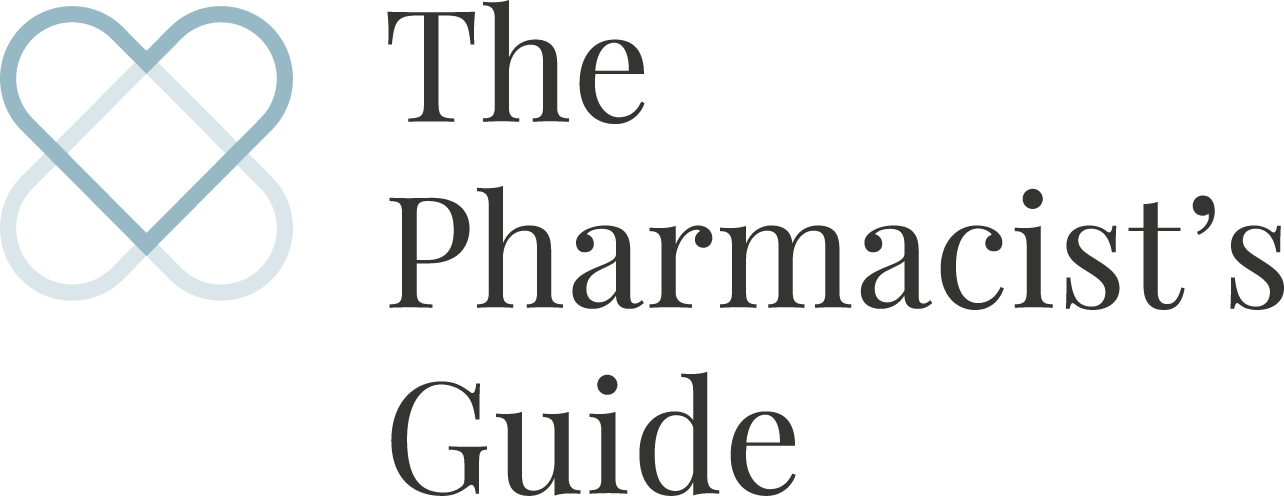RESULTS OF 2015 PHARMACY MATCH DAY SHOW CONTINUED GROWTH
For those of you unfamiliar with the term "match day", it is an annual event in March where physicians and pharmacists find out where they will be spending the next few years of training based off of a ranking list submitted by the applicant and residency program.
For the pharmacy match this year, the available residency programs had the highest number of applicants and the highest number of positions available since the birth of the residency program in 1979.
After receiving a doctorate in pharmacy school, many new pharmacists start their jobs right away. However, some choose to further their training and complete one or two years of residency. In most residency programs, the first year of residency is a general, intense overview of pharmacy practice with certain required rotations and some electives. The trainee rotates through different areas each month (oncology, pediatrics, cardiology, ambulatory critical care, etc...). If the pharmacy resident chooses to specialize further, they do an additional year in the specialty of their choice and that second year is focused primarily on enhancing their skills and knowledge in that particular subject. The residency program is very intense with a lot of hard work and studying in a very short amount of time. But I have seen hundreds of pharmacists go through a residency training program and the skills and knowledge they learn is invaluable. Many hospitals want someone who is specialty resident trained pharmacist working with certain subsets of their patients. And of course for physicians, residency is just another step in their long training.
This year more than 3,600 pharmacy residents and new practitioners matched with a residency position. The pharmacy match program had a 6.5% increase in their ,matched PGY1 residency positions and a 12.5% increase in their PGY2 residency positions. According to ASHP, the number of available residency positions has increased by 25% in the last three years. As the specialization and knowledge required of pharmacists to take good care of patients and participate in interdisciplinary care team increases, ASHP has included vision statements that include the tasks that pharmacists will perform and the training that they will have received. In their long term vision statements, they have expressed the expectations that all pharmacists entering entry-level pharmacist positions in hospitals have completed an accredited PGY1 residency year.
Congratulations to all of the residents and good luck as you continue to expand your knowledge base and growth as a professional on the interdisciplinary team!

